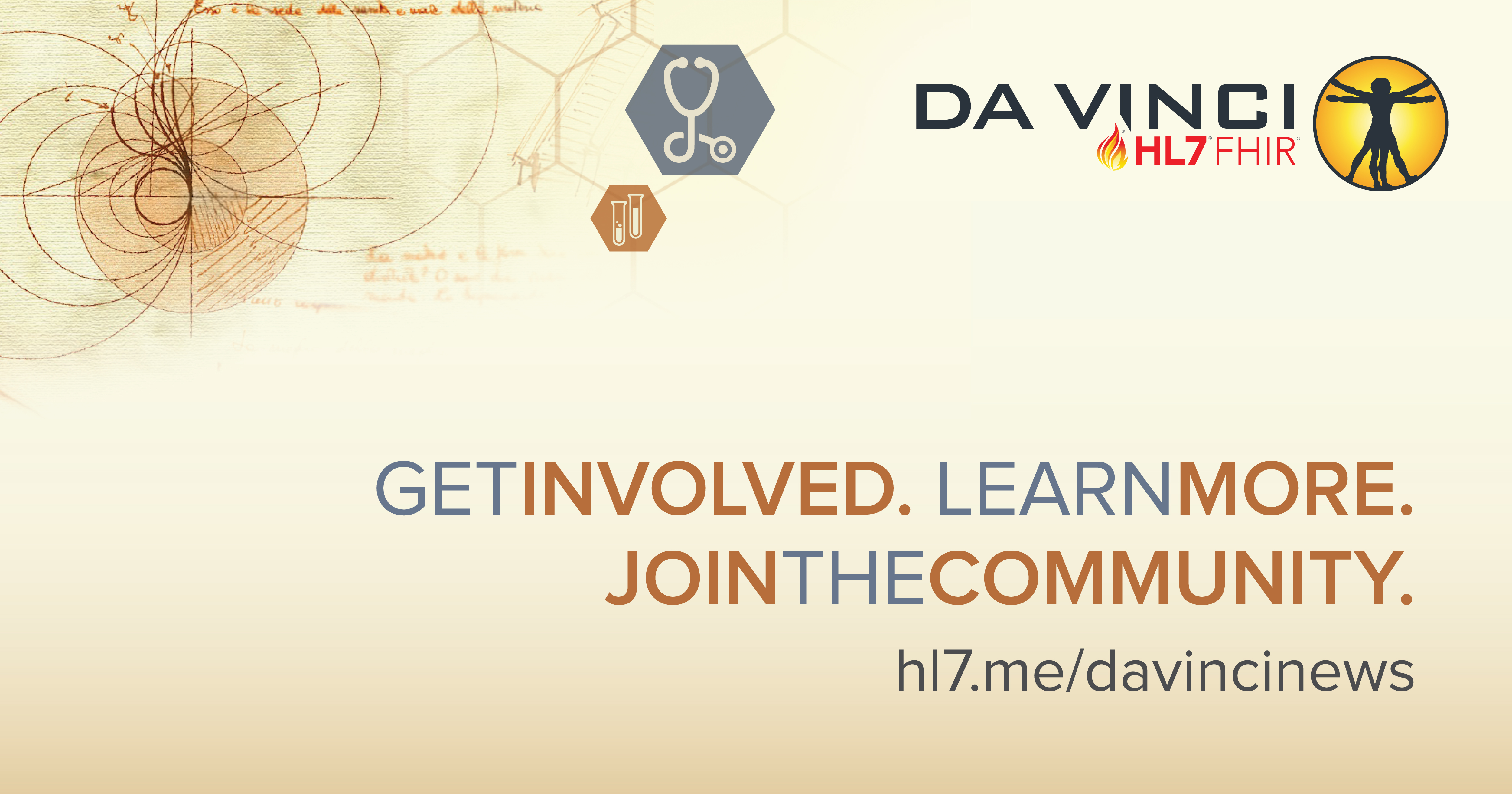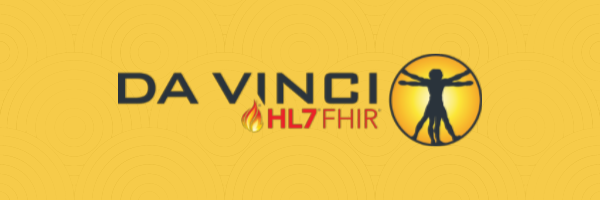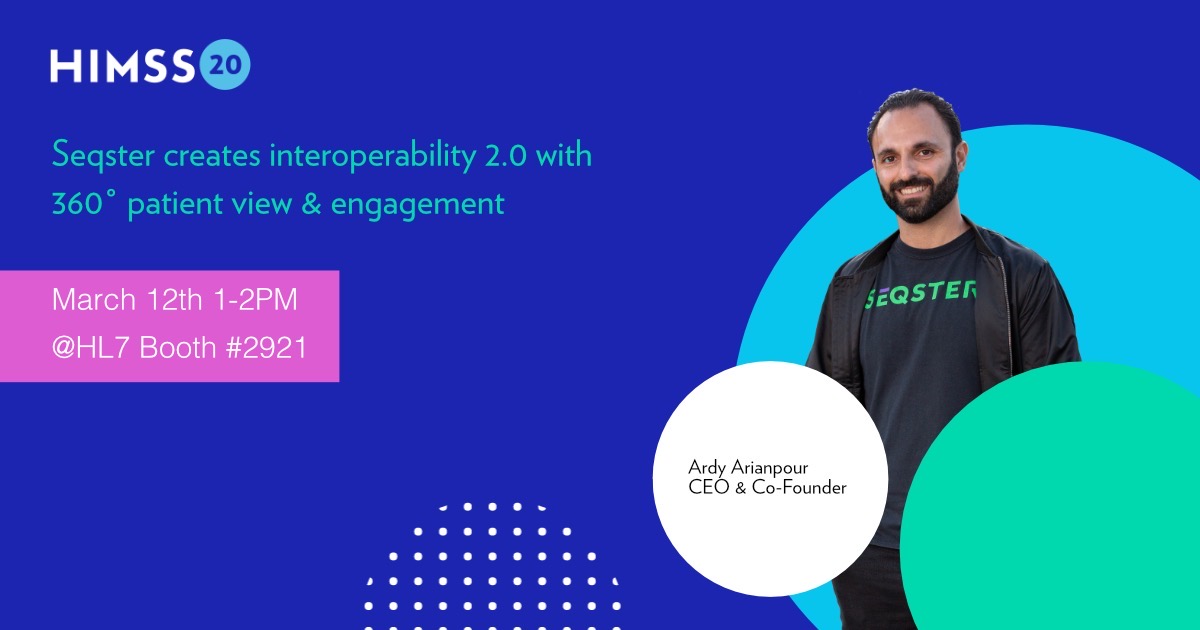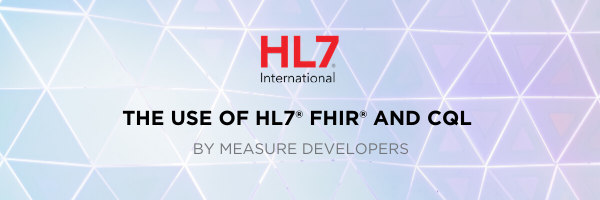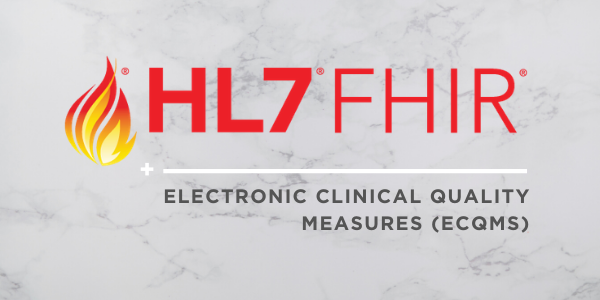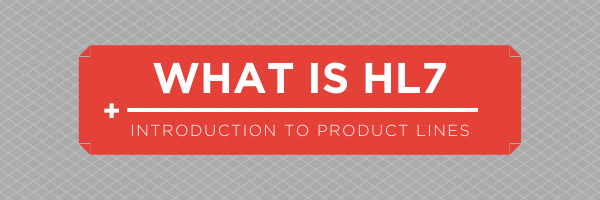All Are Welcome to Attend Da Vinci Community Roundtable
[fa icon="calendar'] Mar 20, 2020 11:16:48 AM / by Jocelyn Keegan posted in FHIR, HL7 community, interoperability, Payers, Da Vinci, value based care, implementation guide, prior authorization
Ready for Better Interoperability and Value-Based Care? Catch HL7 Da Vinci Project HIMSS20 Programming This Week - Virtually
[fa icon="calendar'] Mar 9, 2020 12:13:56 PM / by Jocelyn Keegan posted in FHIR, HL7 community, interoperability, Payers, Da Vinci, value based care
Think About Patient Access When You Think About Interoperability
[fa icon="calendar'] Feb 26, 2020 10:30:42 AM / by Ardy Arianpour posted in FHIR, interoperability, health IT, HIMSS, C-CDA, HIPAA, IHE
Seqster has developed a platform that allows patients and their caregivers to collect, visualize, manage and share all of their health data in one app. We aggregate clinical data points across providers chronologically using the industry-standard coding systems that the HL7 community knows all too well.
The Use of HL7 FHIR and CQL By Measure Developers
[fa icon="calendar'] Dec 11, 2019 12:38:04 PM / by Jamie Lehner, MBA, CAPM posted in FHIR, interoperability, CMS, Clinical Quality Language, Quality Data Model, Data Exchange for Qualitiy Measures, QI Core, clinical decision support, Value Set Authority Center, Measure Authoring Tool
Since the fall of 2017, electronic Clinical Quality Measures (eCQMs) logic has been written using Clinical Quality Language (CQL). With the introduction of CQL, the eCQMs included in the CMS federal programs had to be translated from Quality Data Model (QDM)-based expression logic to CQL.
Though CQL provides more flexibility in expressing measure criteria within the logic that allows measure developers to include greater specificity and precision within the measure requirements, this did not result in a direct translation process, as new attributes and timings were made available. What this means is that clinical workflow and input are perhaps more important because CQL is able to convey these nuances, whereas the QDM-based logic expressions were limited. CQL can also be used to develop Clinical Decision Support (CDS) rules and can reuse logic from measures in those CDS rules.
When composing measures using the CQL syntax, the QDM is still used in conjunction with CQL as the means to characterize required data elements within the measure logic. This conceptual model defines what type of clinical data is needed to satisfy the measure requirements. Therefore, the QDM is still very much a part of electronically specified measures, which is incorporated into the logic definitions written using CQL.
Intro to HL7® Resources and Work Groups Important to the Quality Measurement Community
[fa icon="calendar'] Dec 9, 2019 12:23:56 PM / by Lisa Anderson, MSN, RN-BC posted in FHIR, interoperability, CIMI, CMS, Da Vinci, Quality Reporting, Clinical Quality Language, DEQM, Quality Data Model, Data Exchange for Qualitiy Measures, QI Core, clinical decision support, clinical quality measures
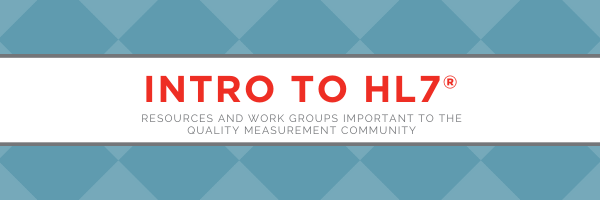
Health Level Seven (HL7®) drives the standards upon which electronic Clinical Quality Measures (eCQMs) sit, so participation in these venues is crucial. The HL7 community already has a lot of technical input but lacks input from the clinical side – either from clinicians or clinical informaticists. There is a gap between the clinical intent of quality measures and the technical standard, but clinical informatics experts can help bridge this gap by contributing to the conversation and development of the HL7 standards and resources.
Overview of Current State of the Use of HL7®FHIR® & Near-Term Future State
[fa icon="calendar'] Dec 4, 2019 4:40:07 PM / by Lisa Anderson, MSN, RN-BC posted in FHIR, interoperability, CMS, Da Vinci, Health Quality Measures Format, Quality Reporting, Clinical Quality Language, DEQM, Quality Data Model, Data Exchange for Qualitiy Measures, QI Core
Measure development, as we know it, is changing. Quality improvement is important to keeping healthcare costs affordable and patients safe; however, it should not come as a huge burden to clinicians. Goals of electronic Clinical Quality Measures (eCQMs) include reducing the burden of manual abstraction and reporting for provider organizations, as well as fostering the goal of access to real-time data for bedside quality improvement and clinical decision support. We want to hit the “sweet spot” as depicted in this diagram:
What is HL7 + Introduction to Product Lines
[fa icon="calendar'] Dec 3, 2019 12:30:08 PM / by Carol Macumber, MS, PMP, FAMIA posted in FHIR, CDA, Version 2, interoperability, C-CDA, Version 3, CMS, Health Quality Measures Format, Quality Reporting, Clinical Quality Language
WHY STANDARDS?
Role of Tools like FHIR Bulk Data Access for Provider and Payer Data Exchange
[fa icon="calendar'] Aug 15, 2019 7:55:34 PM / by Viet Nguyen, MD posted in FHIR, HL7 community, interoperability, Payers, Da Vinci, value based care
Leading Healthcare Stakeholders Commit to Real-World Testing of HL7’s FHIR Bulk Data Implementation Guide
[fa icon="calendar'] Aug 7, 2019 10:38:22 AM / by Charles Jaffe, MD, PhD posted in FHIR, interoperability, CMS
On July 30, as part of the second Blue Button Developers Conference at the White House, a broad coalition of health systems, health plans, and other health IT stakeholders committed to real-world testing of the soon to be published HL7® FHIR® Bulk Data implementation guide (IG).
The announcement was made on stage by HL7 International CEO Dr. Charles Jaffe, later joined by Steven Posnack from ONC and Dr. Shafiq Rab of Rush University System for Health. More than 20 early adopters who have committed to advance this important use of HL7 FHIR were identified.
Much of the focus around HL7 FHIR APIs to date has involved transactions representing a single patient. While those use cases are important, especially for patients desiring more seamless access to their data via their smartphones, the FHIR Bulk Data Implementation Guide (IG) unleashes FHIR’s potential to revolutionize population health by enabling new services powered by big data. The standardized approach offered by the Bulk Data IG is being used by CMS in its new Data at the Point of Care (DPC) pilot and could help transform the ways healthcare providers and health plans share data for quality improvement and cost accountability.
The Bulk Data IG is the result of a two-year effort funded by ONC’s cooperative agreement with HL7 in partnership with the SMART team at Boston Children’s Hospital/Harvard Medical School.
The following organizations will participate in real-world testing of the HL7 FHIR Bulk Data IG, and Steven noted ONC’s willingness to support these organizations. Participants will collaborate on providing a common set of artifacts, tools and services with an aim to lower standards implementation costs by making them as reusable and transferable as practicable.
Committed organizations include:
| ORGANIZATION |
NAME |
| Anthem Inc. |
Sheryl Turney |
| BlueCross BlueShield of North Carolina |
Joe Bastante and Robert Emerson |
| BlueCross BlueShield of South Carolina |
Dr. Shawn Stinson |
| BlueCross BlueShield of Tennessee |
Nick Coussoule and Heather Kennedy |
| Boston Children’s Hospital/SMART |
Dr. Ken Mandl |
| Cambia Health Solutions |
Laurent Rotival |
| CVSHealth (Aetna) |
James Murray |
| Florida Blue |
Amit Shah |
| Humana |
Heather Cox |
| Intermountain Healthcare |
Marc Probst |
| Jefferson Health |
Neil Gomes |
| Manifest Medex |
Claudia Williams and David Kates |
| Marshfield Clinic Health System and Security Health Plan |
Dr. Greg Robinson |
| Medical University of South Carolina & Health Sciences South Carolina |
Dr. Leslie Lenert |
| Medigold |
Michael Demand |
| Mount Sinai Health System (NY) |
Mike Berger and Dave Kerwar |
| MultiCare Health System and Physicians of Southwest Washington |
Melanie Matthews |
| OCHIN |
Jennifer Stoll |
| OrthoVirginia |
Terri Ripley |
| Oscar Health |
Danny Dvinov |
| Rush University System for Health |
Dr. Shafiq Rab |
| Trinity Health |
Marcus Shipley and Michael DeBets |
| U.S. Department of Veterans Affairs |
Dr. Jonathan Nebeker |
Signed,
Charles Jaffe, MD, PhD
HL7 International CEO
Steven Posnack, MS, MHS
Executive Director, Office of Technology, ONC
Cloud Providers Unite for Healthcare Interoperability
[fa icon="calendar'] Jul 30, 2019 12:58:38 PM / by HL7 posted in FHIR, HL7, interoperability, health IT, implementation
WASHINGTON – Today a group of technology leaders from Amazon, Google, IBM, Microsoft, Oracle and Salesforce came together at the CMS Blue Button 2.0 Developer Conference to reaffirm a commitment to interoperability made one year ago, and to share progress and plans to move decisively forward on this pledge.


